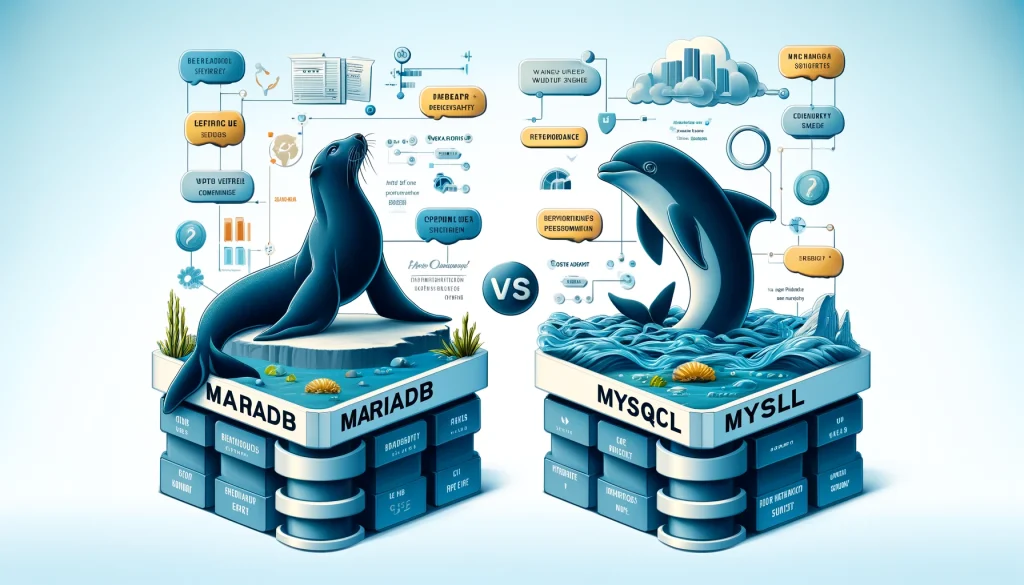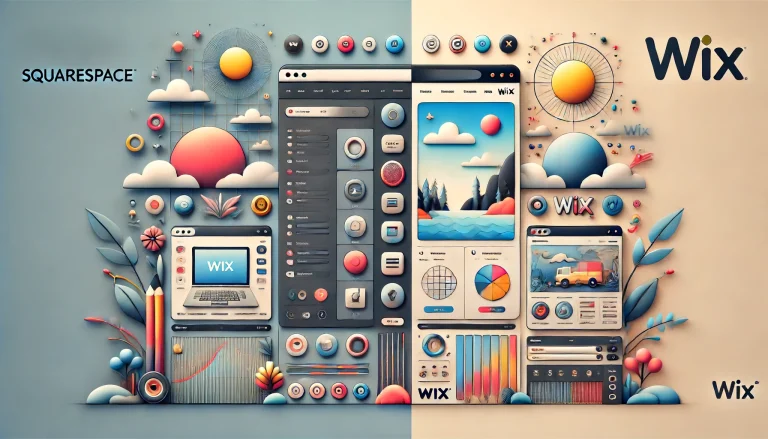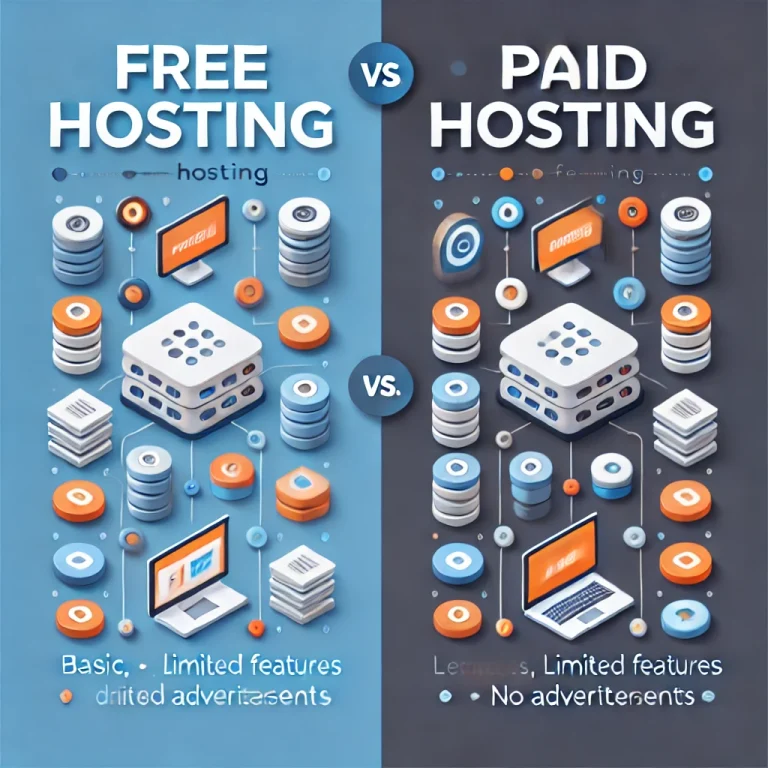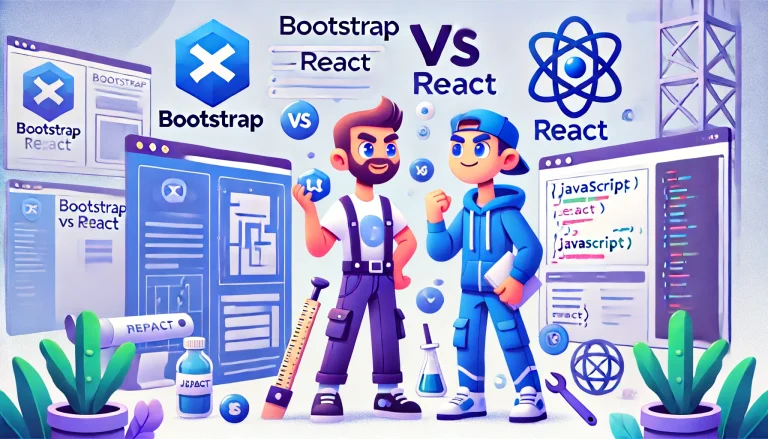MariaDB vs MySQL: An In-depth Comparison for 2024

Table of Contents
Introduction
Databases are the backbone of modern applications, providing a robust and scalable way to store, retrieve, and manage data. Two of the most popular database management systems (DBMS) are MariaDB and MySQL. While they share a common ancestry, they have diverged over the years, each offering unique features and capabilities. This article delves into the intricacies of MariaDB vs MySQL, helping you decide which one is the right fit for your needs in 2024.
History and Origins
MariaDB and MySQL both originated from the same source code. MySQL was created in 1995 by a Swedish company called MySQL AB. It quickly gained popularity for its ease of use, speed, and reliability. In 2008, Sun Microsystems acquired MySQL AB, and two years later, Oracle Corporation acquired Sun Microsystems.
MariaDB was forked from MySQL in 2009 by the original developers of MySQL, led by Michael “Monty” Widenius. The fork was a response to concerns about Oracle’s acquisition of MySQL and the potential impact on the open-source nature of the project. MariaDB aimed to remain fully open-source and provide enhanced performance and features.
Core Differences
Although MariaDB and MySQL started from the same codebase, they have evolved differently. Some of the core differences include:
- Storage Engines: MariaDB offers additional storage engines, such as Aria and ColumnStore.
- Query Optimizer: MariaDB has a more advanced query optimizer.
- Features: MariaDB includes features like virtual columns and thread pool which are not present in MySQL.
Licensing
MySQL uses a dual licensing model. It is available under the GNU General Public License (GPL) for open-source projects and a commercial license for enterprises. MariaDB, on the other hand, is released under the GPL, LGPL, or BSD licenses, ensuring that it remains free and open-source.
Performance Comparison
Performance is a critical factor when choosing a DBMS. Benchmarks and real-world usage have shown that MariaDB often outperforms MySQL in certain scenarios, especially with complex queries and large datasets. MariaDB’s advanced query optimizer and additional storage engines contribute to its performance edge.
Feature Set
MariaDB vs MySQL offer a rich set of features, but there are differences. MariaDB has integrated more features over the years, including:
- Virtual Columns: Allows the creation of columns that are computed from an expression.
- Thread Pool: Provides better performance in high-concurrency environments.
- Storage Engines: Additional engines like Aria, ColumnStore, and MyRocks.
Compatibility
MariaDB aims to be a drop-in replacement for MySQL, which means it strives for compatibility with MySQL in terms of SQL syntax, data types, and APIs. However, some features and optimizations in MariaDB may not be backward compatible with MySQL, necessitating thorough testing before migration.
Storage Engines
Both MariaDB and MySQL support various storage engines, which are crucial for optimizing performance and functionality. MySQL’s primary storage engine is InnoDB, known for its reliability and performance. MariaDB supports InnoDB but also includes additional engines like:
- Aria: Designed for complex queries and crash recovery.
- ColumnStore: Optimized for big data and analytical workloads.
- MyRocks: Provides better write performance and compression.
Replication and Clustering
Replication and clustering are essential for ensuring high availability and scalability. Both MariaDB and MySQL support replication, but there are differences:
- MariaDB: Offers advanced replication features like Galera Cluster for synchronous multi-master replication.
- MySQL: Provides Group Replication and InnoDB Cluster for high availability.
Security Features
Security is paramount for any DBMS. Both MariaDB and MySQL offer robust security features, including:
- Encryption: Data-at-rest and in-transit encryption.
- Authentication: Support for various authentication plugins and methods.
- Access Control: Fine-grained access control and privilege management.
Scalability
Scalability is a key consideration for growing businesses. MariaDB and MySQL offer several scalability options:
- MariaDB: Utilizes features like Galera Cluster for horizontal scaling and Thread Pool for handling high-concurrency workloads.
- MySQL: Supports sharding, replication, and clustering to achieve scalability.
Community and Support
The strength of a database system often lies in its community and support ecosystem. Both MariaDB and MySQL have active communities and provide extensive documentation, forums, and third-party support:
- MariaDB: Backed by the MariaDB Foundation, ensuring ongoing open-source development and support.
- MySQL: Supported by Oracle, providing enterprise-grade support and services.
Cost Implications
Cost is an important factor for many organizations. While both MariaDB and MySQL are open-source, there are differences in cost considerations:
- MariaDB: Completely open-source with no licensing fees.
- MySQL: Offers a free version and a commercial edition with additional features and support, which can incur costs.
Use Cases
Choosing between MariaDB vs MySQL depends on specific use cases:
- MariaDB: Preferred for complex queries, high concurrency environments, and applications requiring advanced features.
- MySQL: Suited for applications needing robust enterprise support and a wide range of commercial tools.
Installation and Setup
Installation and setup processes are crucial for quick deployment. Both MariaDB and MySQL offer straightforward installation methods, including packages for major operating systems and Docker images.
Configuration Options
Both databases provide extensive configuration options to fine-tune performance and behavior. MariaDB and MySQL share many configuration parameters, though some are unique to each.
Management Tools
Effective management tools are essential for database administration. Both MariaDB and MySQL offer a variety of tools, such as:
- phpMyAdmin: A web-based interface for managing databases.
- MySQL Workbench: A comprehensive tool for database design and administration (works with both MySQL and MariaDB).
Backup and Recovery
Reliable backup and recovery solutions are vital for data integrity. Both MariaDB and MySQL provide various methods, including:
- Logical Backups: Using tools like mysqldump.
- Physical Backups: With utilities like Percona XtraBackup (compatible with both).
Monitoring and Maintenance
Ongoing monitoring and maintenance are key to database health. MariaDB and MySQL offer several tools for these purposes:
- MariaDB: Includes MariaDB Monitor and other third-party tools.
- MySQL: Features MySQL Enterprise Monitor and various third-party solutions.
Extensibility
Extensibility allows databases to adapt to specific needs. Both MariaDB and MySQL support plugins and stored procedures for extending functionality.
Data Types and Indexing
Data types and indexing impact performance and storage. Both databases support a wide range of data types and indexing methods, with some variations.
Transaction Handling
Transaction handling is critical for data consistency and integrity. Both Maria
DB and MySQL support ACID-compliant transactions, with features like:
- Savepoints
- Rollback
- Isolation Levels
SQL Compliance
Compliance with SQL standards ensures portability and interoperability. Both MariaDB and MySQL strive for SQL compliance, though MariaDB has introduced some non-standard extensions.
Development and Release Cycle
Understanding the development and release cycle helps in planning upgrades and maintenance:
- MariaDB: Follows a community-driven release schedule with frequent updates.
- MySQL: Managed by Oracle with regular releases and long-term support options.
Case Studies
Real-world case studies demonstrate the practical application of each database. Examples include:
- MariaDB: Used by Wikipedia, DBS Bank, and ServiceNow.
- MySQL: Deployed by Facebook, Twitter, and YouTube.
Future Roadmap
Future development plans highlight the evolution of each database:
- MariaDB: Focuses on enhancing performance, security, and cloud integration.
- MySQL: Continues to improve performance, scalability, and enterprise features.
Pros and Cons
A summary of the advantages and disadvantages helps in making an informed decision:
MariaDB:
- Pros: Advanced features, better performance for complex queries, completely open-source.
- Cons: Less enterprise support compared to MySQL
MySQL:
- Pros: Robust enterprise support, extensive tooling, wide adoption.
- Cons: Some features are locked behind commercial licenses.
Comparison Table
| Feature | MariaDB | MySQL |
|---|---|---|
| Licensing | GPL, LGPL, BSD | GPL, Commercial |
| Performance | Better for complex queries | Consistent performance |
| Storage Engines | InnoDB, Aria, ColumnStore, MyRocks | InnoDB, MyISAM |
| Replication | Galera Cluster | Group Replication, InnoDB Cluster |
| Security | Strong encryption and authentication | Extensive security features |
| Community Support | MariaDB Foundation, active community | Oracle, active community |
| Cost | Completely open-source | Free and commercial options |
FAQs
What are the main differences between MariaDB vs MySQL?
The main differences lie in features, performance, and licensing. MariaDB offers additional storage engines, advanced query optimizations, and remains fully open-source, while MySQL is backed by Oracle and offers robust enterprise support.
Is MariaDB faster than MySQL?
In many scenarios, especially with complex queries and high-concurrency environments, MariaDB can be faster due to its advanced query optimizer and thread pool feature.
Can I switch from MySQL to MariaDB without issues?
MariaDB aims to be a drop-in replacement for MySQL, so switching is generally straightforward. However, thorough testing is recommended to ensure compatibility with your applications.
What are the security features in MariaDB vs MySQL?
Both databases offer robust security features, including data encryption, various authentication methods, and fine-grained access control. MariaDB includes additional security plugins and enhancements.
Which database is better for large-scale applications?
Both MariaDB vs MySQL are suitable for large-scale applications. The choice depends on specific requirements such as performance, features, and support needs. MariaDB may offer an edge in performance for complex queries, while MySQL provides extensive enterprise support.
Are there any costs associated with using MariaDB or MySQL?
MariaDB is completely open-source with no licensing fees. MySQL offers a free version and commercial editions, which may incur costs depending on the features and support required.
Conclusion
Both MariaDB vs MySQL are powerful and versatile database management systems. The choice between them depends on your specific needs, including performance requirements, feature sets, and support considerations. MariaDB’s enhanced features and open-source commitment make it a compelling choice for many scenarios, while MySQL’s robust enterprise support and wide adoption make it a strong contender for large-scale applications. Evaluate your needs carefully to make the best decision for your database infrastructure.






